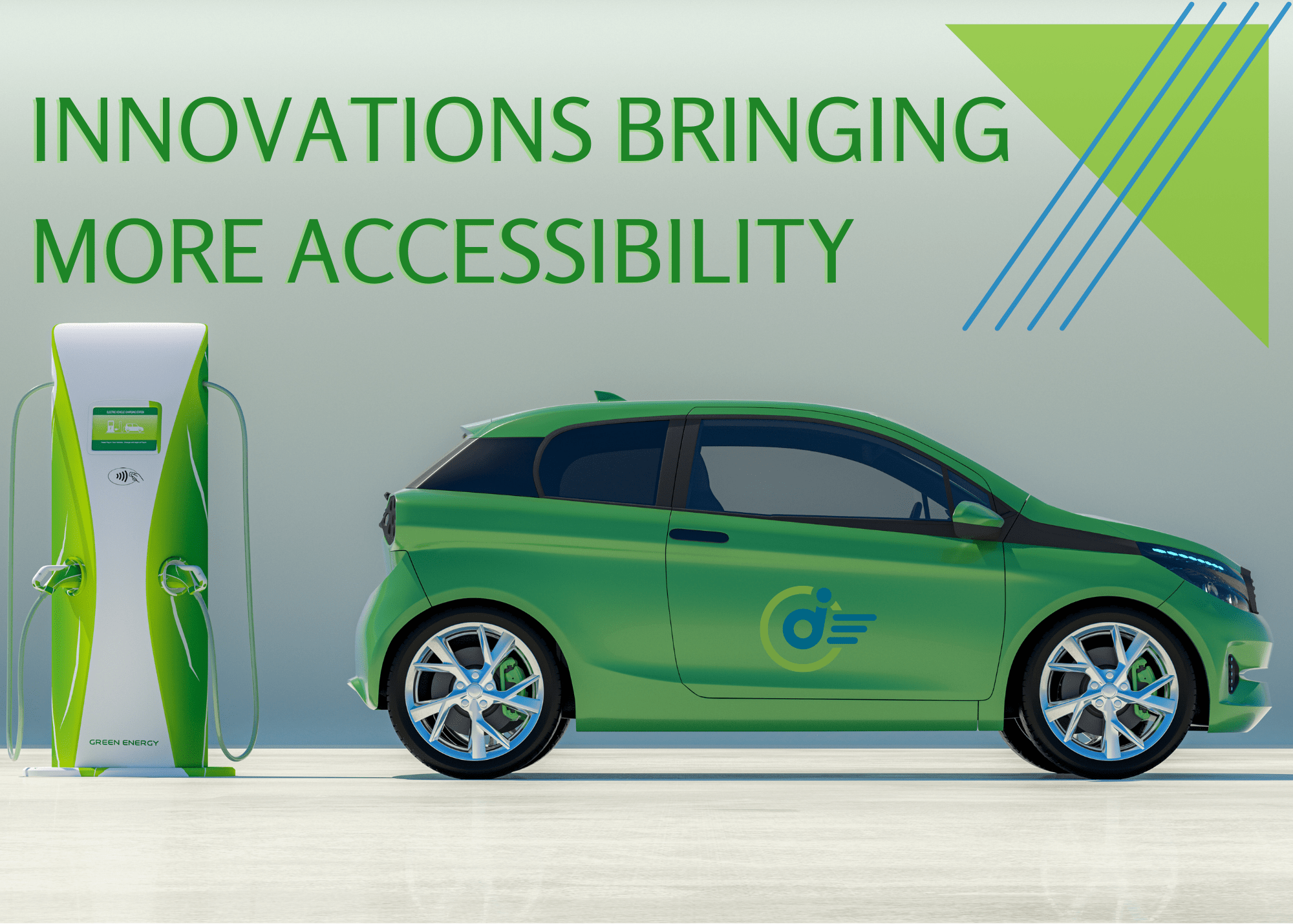
Autonomous and semi-autonomous vehicle technologies are revolutionizing the driving experience, especially for individuals with disabilities. These advancements enhance accessibility, safety, and independence, making driving easier and more inclusive. Here are five key ways these innovations are making a significant impact:
Enhanced Safety Features
Modern autonomous vehicles come equipped with advanced safety features such as collision avoidance systems, adaptive cruise control, and lane-keeping assistance. These technologies reduce the cognitive and physical demands on drivers with disabilities, making driving safer and less stressful. For instance, Tesla’s Autopilot system includes automatic emergency braking and obstacle-aware acceleration, which prevent accidents and provide extra safety for drivers with limited mobility.
Voice-Controlled Navigation
Voice-activated controls and navigation systems allow drivers to interact with their vehicles using simple voice commands. This innovation is particularly beneficial for those with mobility impairments or limited hand dexterity, providing a hands-free and user-friendly driving experience. For example, Amazon Alexa integration in cars lets drivers control navigation, make calls, and play music using voice commands, minimizing the need for manual interaction.
Automated Parking Assistance
Parking can be a challenging task for many drivers, especially those with disabilities. Automated parking systems, which can parallel park or find suitable parking spaces without driver intervention, alleviate this difficulty. This technology ensures that drivers can park with ease and confidence, regardless of their physical limitations. BMW’s Park Assist feature, for example, enables the car to identify parking spaces and park itself, reducing the stress and physical effort required from the driver.
Customizable User Interfaces
Autonomous vehicles often come with customizable user interfaces that can be tailored to meet the specific needs of the driver. This includes adjustable screen sizes, personalized dashboard layouts, and accessibility options such as larger buttons or voice feedback, making it easier for disabled drivers to interact with their vehicle. The Ford SYNC 3 system, for instance, offers customizable settings that allow drivers to adjust the interface to their preferences, enhancing ease of use for those with visual or motor impairments.
Enhanced Driver Assistance Systems
Some autonomous vehicles are equipped with enhanced driver assistance systems that offer more than just remote control capabilities. These systems can include features like advanced lane-keeping assist, adaptive cruise control, and even semi-autonomous driving modes that take over the driving tasks under certain conditions. For example, Cadillac’s Super Cruise technology allows for hands-free driving on compatible highways, providing an additional layer of convenience and safety for drivers with disabilities.
Conclusion
The advancements in autonomous and semi-autonomous vehicle technologies are paving the way for greater driving independence for individuals with disabilities. By incorporating these innovations, manufacturers are not only enhancing accessibility but also improving the overall driving experience, making the road a more inclusive place for everyone.
